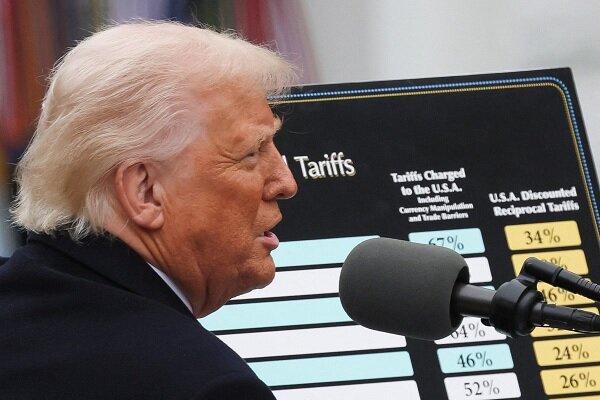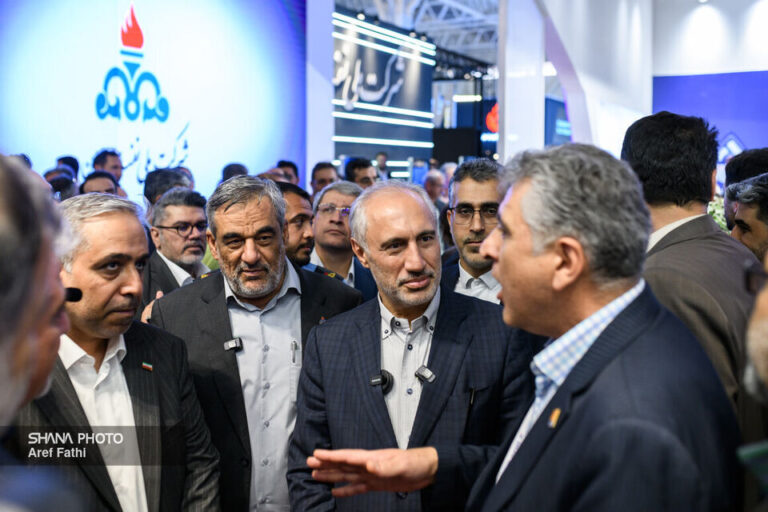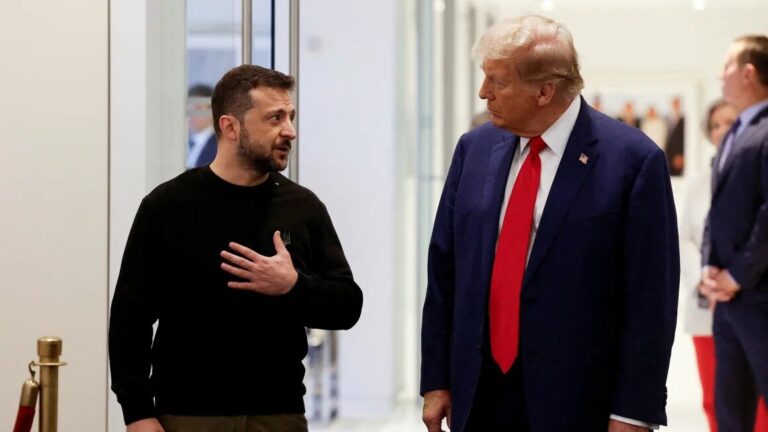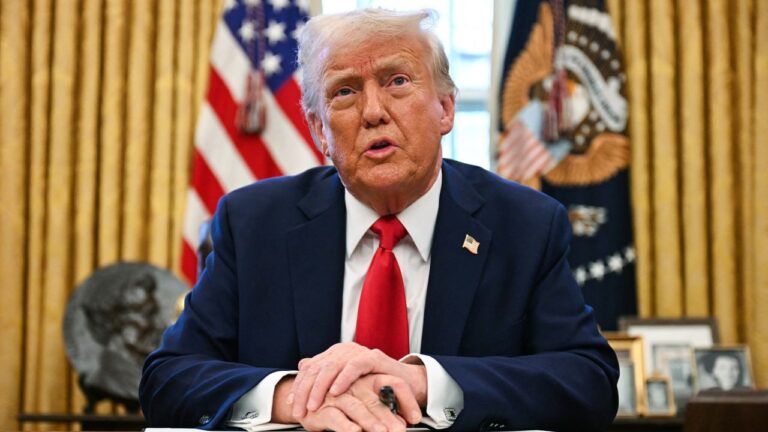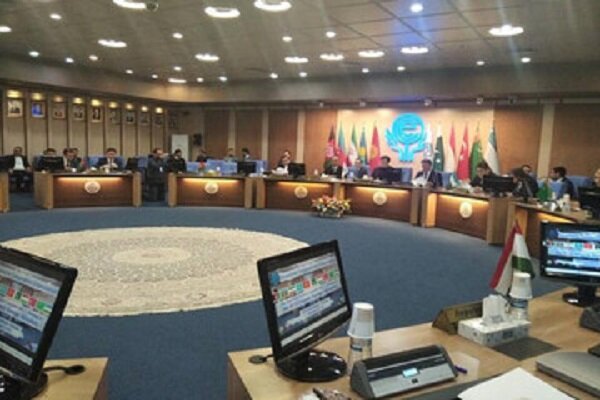Trump Slaps 125% Tariffs on China, Shakes Up Global Trade Landscape
In a significant shift in trade policy, President Donald Trump announced a temporary suspension of higher reciprocal tariffs for 90 days, while simultaneously increasing tariffs on Chinese imports to 125%. This decision comes amid growing pressures from business leaders and investors, who expressed concerns about the potential for an economic downturn.
The president’s change of heart occurred just 13 hours after higher reciprocal duties on 56 nations and the European Union took effect, a move that contributed to market instability and heightened fears of a recession. Trump’s announcement has sparked discussions about its implications for international trade and economic relations.
“I have authorized a 90-day PAUSE, and a substantially lowered Reciprocal Tariff during this period, of 10%, also effective immediately,” Trump stated on his social media platform. This pause aims to alleviate some of the pressures on American businesses dealing with international trade.
While the specific countries that will benefit from this tariff relief have not been disclosed, it is important to note that those nations will still incur a 10% baseline tax that went into effect recently. Trump highlighted that over 75 countries had reached out to his administration to discuss trade barriers, indicating a willingness to negotiate. He mentioned that these nations “have not, at my strong suggestion, retaliated in any way, shape, or form.”
In addition to these changes, Trump also announced an increase in tariffs on China due to its lack of engagement in negotiations. Previously, a 104% tariff was imposed on Chinese imports, leading to a retaliatory 84% tariff from Beijing on American goods. The president expressed his dissatisfaction with China, stating:
“Based on the lack of respect that China has shown to the World’s Markets, I am hereby raising the Tariff charged to China by the United States of America to 125%, effective immediately,” Trump conveyed in a social media update on Wednesday.
Key Takeaways from Trump’s Trade Policy Changes
- Temporary Tariff Suspension: A 90-day pause on higher reciprocal tariffs for many countries.
- Increased Tariffs on China: Tariffs on Chinese imports raised to 125% due to stalled negotiations.
- Pressure from Business Leaders: The decision comes after significant pushback from investors and the business community.
- Negotiation Efforts: Over 75 countries have engaged with the U.S. administration regarding trade barriers.
This unexpected pivot in trade policy reflects the delicate balance that the Trump administration attempts to maintain between protecting American interests and fostering international trade relations. The implications of these changes are likely to ripple through global markets as businesses and investors assess their next steps.
With the 90-day pause in effect, many businesses will be watching closely to see how trade discussions evolve and whether further negotiations will lead to more permanent changes in tariff structures. As the situation develops, the focus will be on the impact these tariffs have on both the U.S. economy and international trading partners.
Trump’s adjustments also bring to light the broader issues of trade diplomacy and economic strategy. The relationship between the U.S. and China remains particularly contentious, with significant implications for global trade dynamics. Observers will be keen to monitor how these tariff changes influence market behavior and international relations moving forward.
In conclusion, while the announcement of a temporary pause in reciprocal tariffs offers a glimmer of hope for affected nations and businesses, the significant hike in tariffs on Chinese imports underscores ongoing tensions in U.S.-China relations. The coming weeks will be crucial as negotiations unfold and the global economic landscape continues to adapt to these developments.
Stay tuned for more updates on this evolving situation and its impact on international trade and economic policy.
